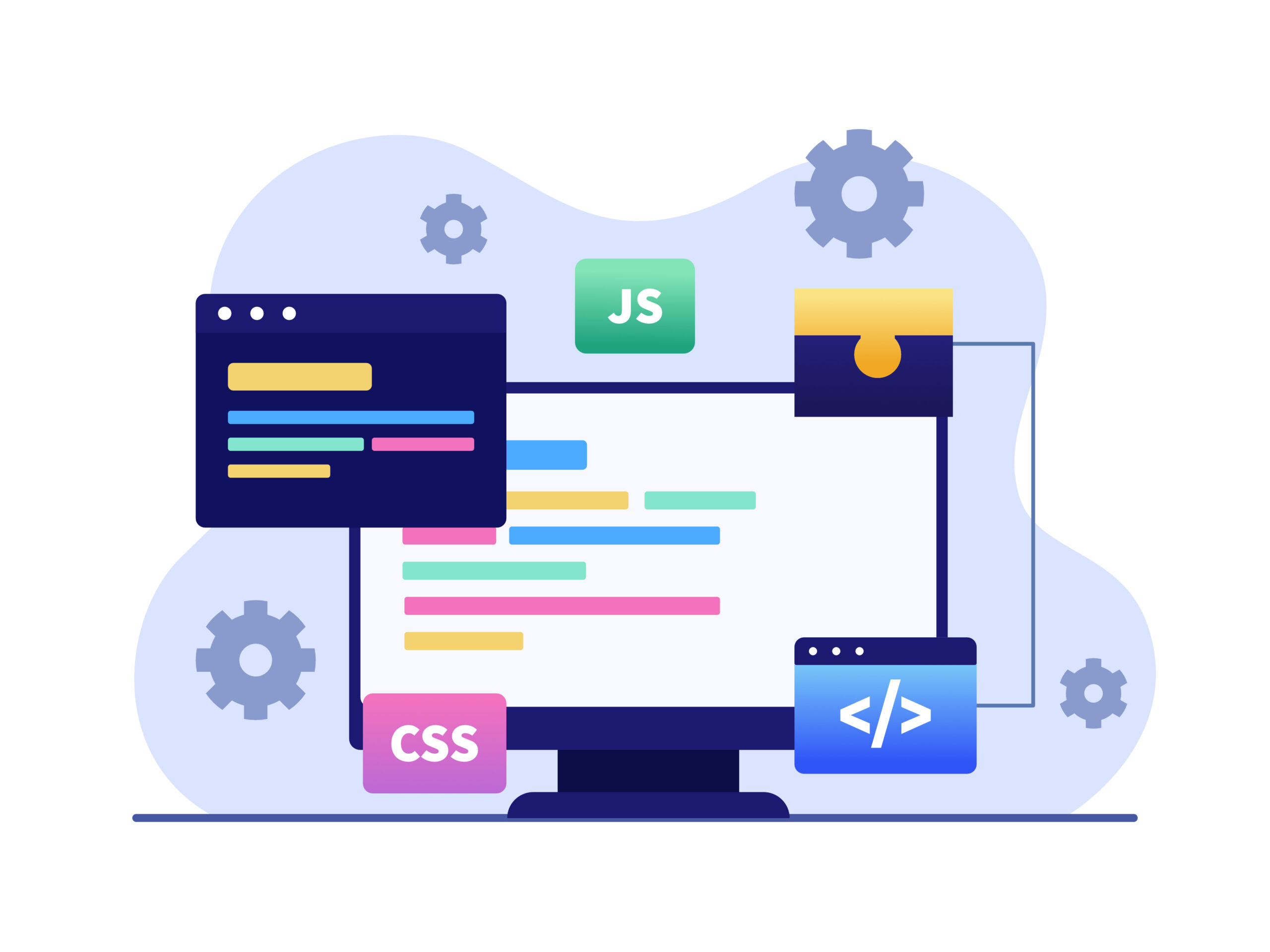
If you’re a web developer looking to build a new React-based project, you may be wondering whether to use Next.js or stick with creating a React app from scratch. Both React and Next.js are popular and powerful choices, so how do you choose between them?
An Introduction to React and Next.js
First, let’s briefly overview how React and Next.js fit together.
React is a widely used open-source JavaScript library that is used for building user interfaces. It follows a component-based approach that enables developers to build reusable UI elements, which can be used to manage complex applications more easily. The library also provides a virtual DOM that makes it possible to update the user interface efficiently, resulting in faster rendering times. Furthermore, React’s unidirectional data flow and state management system provide a structured approach for managing the application’s state. These features make React a powerful tool for front-end development.
Next.js is a React framework that provides additional features and optimizations for production-ready React apps. Under the hood, Next.js still uses React to render pages and components. But it adds capabilities like server-side rendering, automatic code splitting, simple page routing, and more.
So Next.js builds on top of React, supercharging it for building web applications.
Key Differences Between React and Next.js
Here are some of the main differences between creating a web app with React vs Next.js:
Routing – Next.js has built-in, auto-optimized routing. Page routes are defined in the pages folder rather than needing a react-router.
Server-side Rendering – Next.js supports server-side rendering (SSR) by default for faster initial page loads. You have to add SSR manually with React.
Code Splitting – Next.js automatically handles code splitting for faster page loads. React requires using import() manually.
Tooling – Next.js has built-in tooling like hot code reloading and deployment support. Additional config needed for React.
Styling – Next.js has CSS support built-in. For React you need to import CSS modules or a library.
Static Site Generation – Next.js allows the generating of static HTML pages at build time for speed and SEO. React apps are client-side only.
File-system Routing – Page routes are defined by file/folder structure in Next.js rather than React’s component-based routing.
Developer Experience – Overall Next.js offers an easier developer experience with its collection of optimizations.
When Should You Use Next.js Over React?
Next.js is a great choice if you want the following benefits:
Faster initial page loads from server-side rendering
Easier page routing and navigation
Optimized and automatic code splitting
Built-in CSS support
Static site generation capabilities
Smoother developer experience
The advantages of Next.js pile up quickly for modern web apps where performance matters. The convenience of its file-based routing, CSS support, and bundled best practices can speed up development time.
Next.js shines for sites like:
Marketing websites
E-commerce stores
Blogs
Company homepages
Web applications
For simple static sites with a few pages, React may suffice. But for more complex web projects, Next.js can save you time and effort.
When to Stick With React Over Next.js
There are some cases where you may want to just use React and not Next.js:
You need deep control over configuration and tooling.
Your app relies heavily on custom state management.
SEO and static generation aren’t important.
You have an existing React codebase you want to incrementally improve.
If page speed and SEO aren’t priorities, the simplicity of React may be preferable. You also avoid the slight additional learning curve of Next.js.
Conclusion
For most web projects today, Next.js provides compelling benefits over using React alone. The improved developer experience, built-in best practices for performance and SEO, and simpler project configuration give Next.js the edge.
However, React remains flexible and customizable for projects where you need more control. It also works well incrementally improving existing apps.
Consider your priorities and needs for a project. If you desire a robust framework optimized for modern web development, choose Next.js. If you want lightweight simplicity, React may be the better fit. Either way, you have two excellent options for building your next web application.
